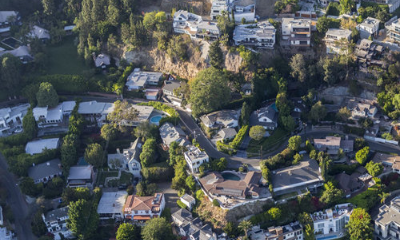
On June 10, 1981, Roeder and his wife, actress Jenny Maxwell (best known for being spanked by Elvis in “Blue Hawaii”), were gunned down outside their Beverly Hills condo. His lifeless body, sitting upright in a chair, was discovered by his attorney, Ervin “Tip” Roeder. His official cause of death was listed as suicide, of course, but as actor Forrest Tucker has noted, “All of Hollywood knows Nick Adams was knocked off.” Nick’s relatives reportedly received numerous hang-up calls on the day of his death, and his tape recorder, journals and various other papers and personal effects were conspicuously missing from his home. Next to fall was Nick Adams, who had known Dean before either were stars, when both were working the mean streets of Hollywood as young male prostitutes. Adams died on February 6, 1968, at the age of thirty-six, in his home at 2126 El Roble Lane in Coldwater Canyon. Victims were often dragged from their homes, jail cells, even churches, and beaten, horse-whipped, tortured, mutilated, or castrated before being strung up on the nearest tree.”įirst there was that great American icon, James Dean, who ostensibly died in a near head-on collision on September 30, 1955, at the tender age of twenty-four. As one would expect, there was no regard for the victim’s rights in such kangaroo courts. And there was the Los Angeles Home Guard, another bloodthirsty paramilitary organization, made up of notable citizens, and the much-feared El Monte Rangers, a group of Texas wranglers that specialized in killing Mexicans. Judge Lynch, for example, formed the Los Angeles Rangers in 1854 with some of the city’s top judges, lawyers, and businessmen including tycoon Phineas Banning of the Banning Railroad. Exposed of Los Angeles’ early “vigilance committees, which stepped in to take care of outlaws on their own, often with the complete absolution of the mayor himself.



Paul Young, for example, has written in L.A. The history of such groups in Los Angeles, however, clearly suggests otherwise. The author of this little slice of Laurel Canyon history would clearly like us to believe that the “wealthier residents” were a group quite separate from the violent hooligans roaming the canyon.


 0 kommentar(er)
0 kommentar(er)
